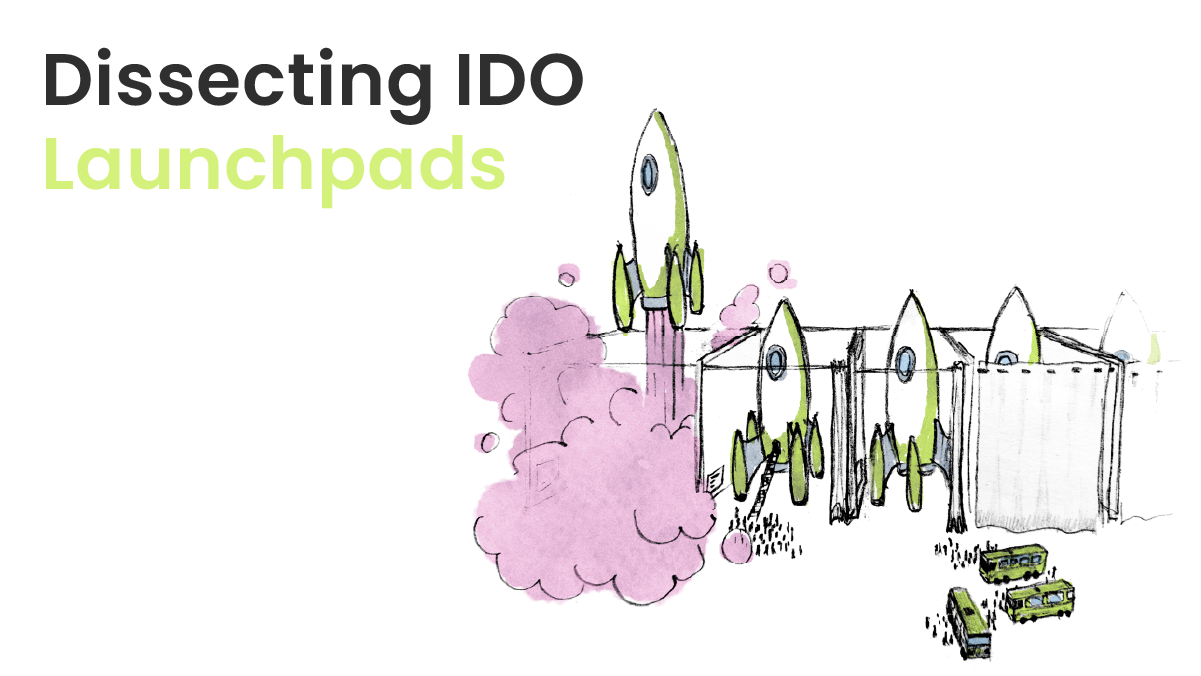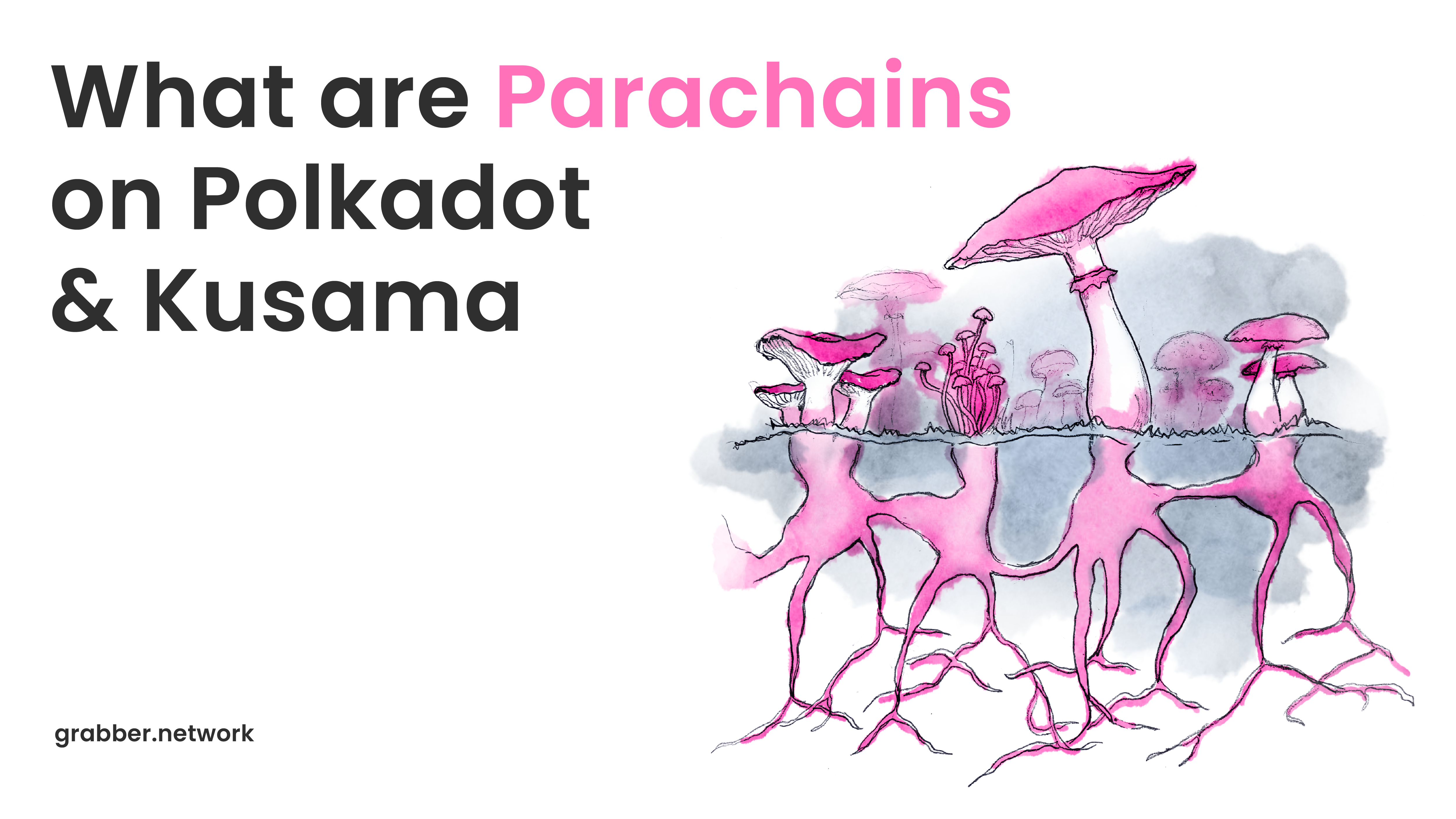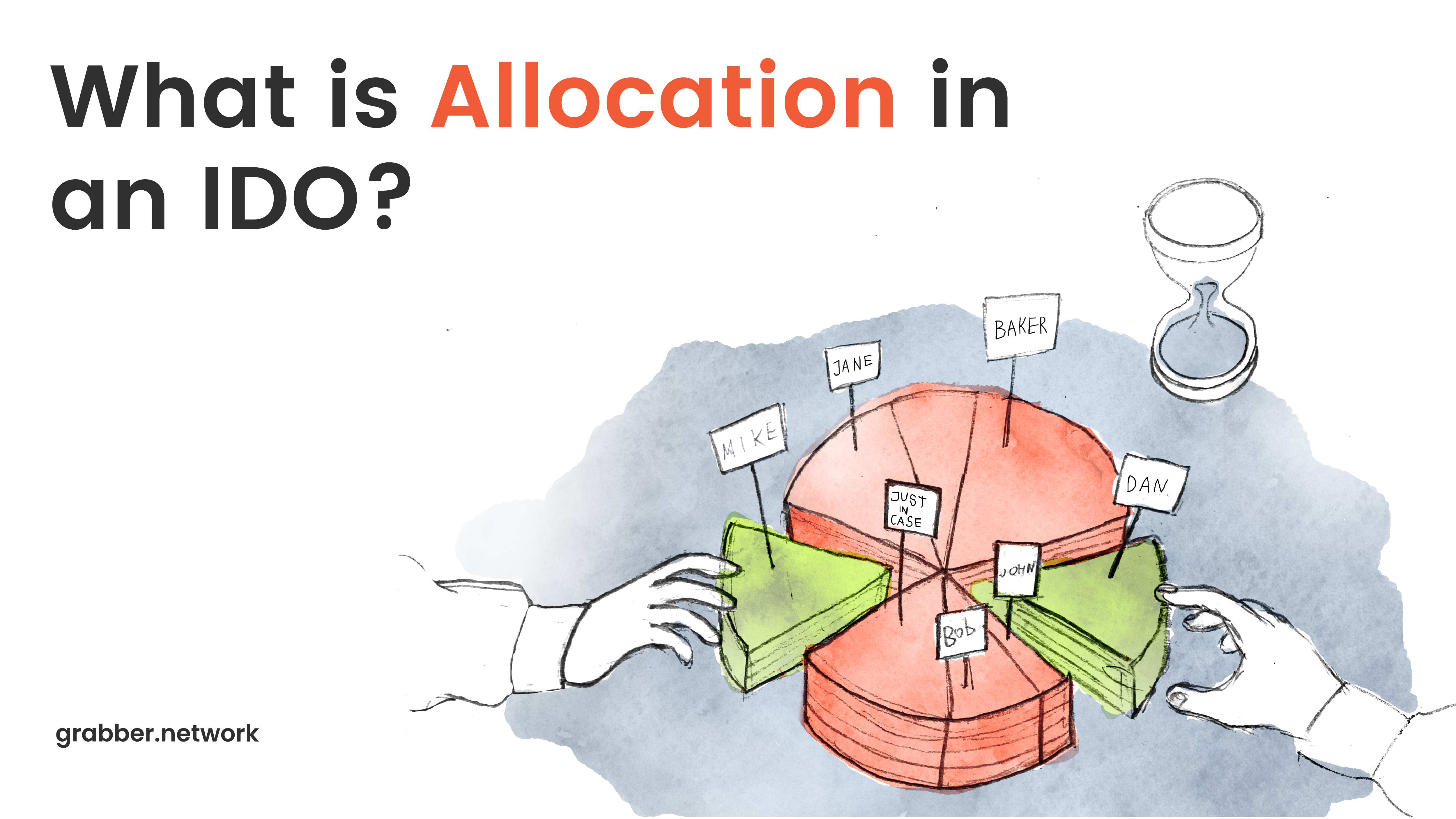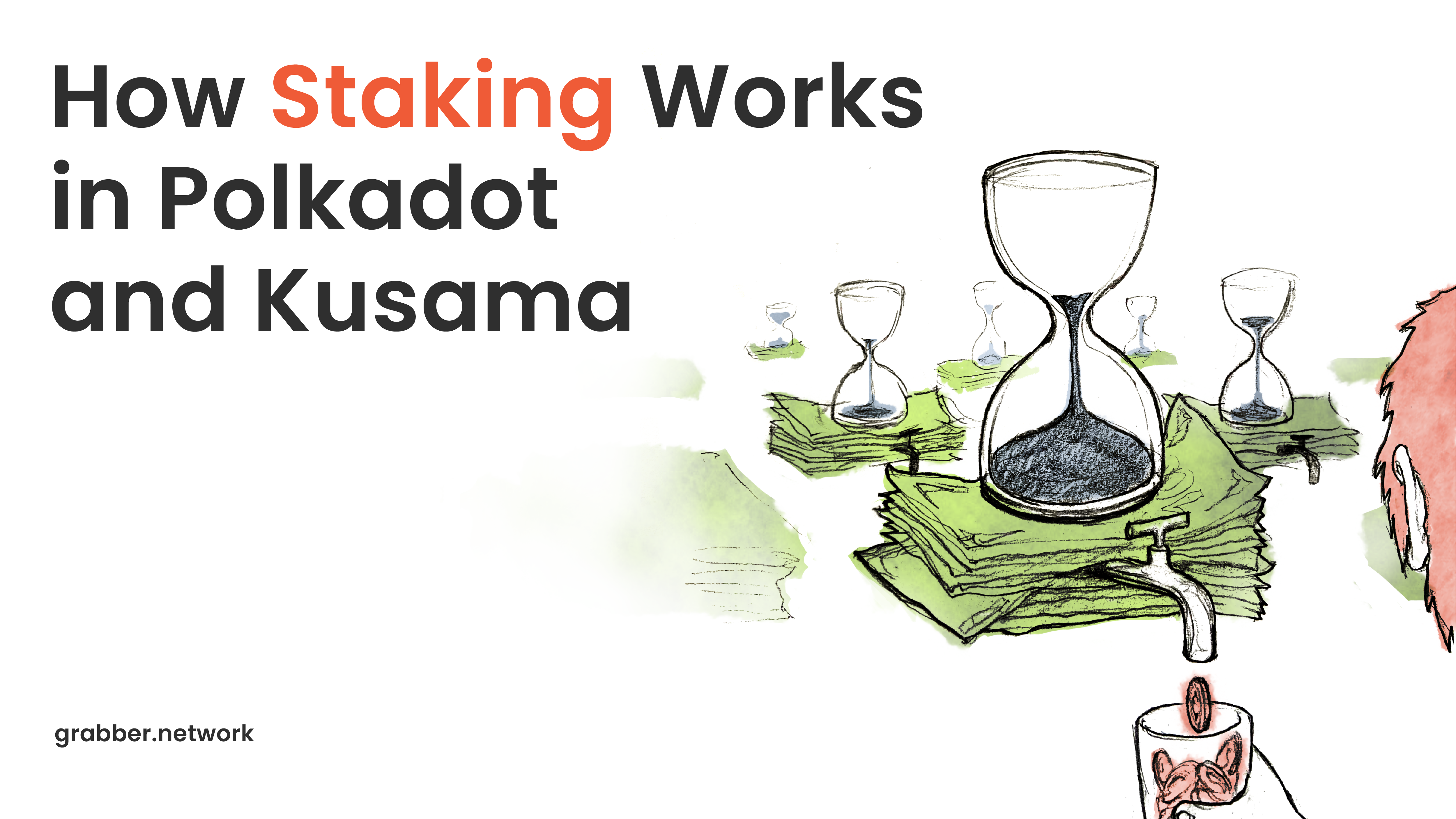What Is a DApp? Decentralized Apps Explained

Content
The next generation Internet, Web 3.0, will be based on decentralized technologies. The transition to Web 3.0 will be gradual and long, but solutions based on decentralized technologies — above all, dApps — are already entering our real life. Some dApp creators and investors are becoming millionaires, and the apps themselves promise to be the backbone of the new economy.
What Is a DApp?

A dApp (decentralized application) is an application that has a backend on a decentralized system such as a blockchain. Which gives it access to new financial markets and advanced data storage methods.
DApps differ from web and mobile applications in that:
- They operate on the blockchain, storing at least some of their data there.
- They are open source, work autonomously and no single person or entity controls most of their functions.
- Due to this, not a single dApp can be simply turned off, deleted or privatized.
- These apps typically generate tokens to reward participating nodes that keep the dApp running smoothly.
- Users get access to the dApp or certain of their functions in exchange for tokens.
- Miners can also be rewarded in tokens if they successfully contribute to the ecosystem.
From the point of view of the end consumer, dApps should not be very different from familiar web- or mobile applications. The biggest difference is that some data and backend is not stored centrally on the server, but instead resides on the blockchain.
Lack of centralization is a powerful benefit of decentralized applications, as it allows them to be completely independent, autonomous and not under the control of any individual or organization. dApp creators usually use all the main advantages of the blockchain: transparency, reliability and data safety.
How Popular Are DApps?
Decentralized applications have not yet become widespread, although their number and popularity is constantly growing for several years now. In 2019, there were only 2,700 dApps on the network, and now there are more than 12,000. The most popular ones can be tracked with websites like dAppradar.com and dApp.com. Some, such as PancakeSwap and Alien Worlds, have over 160,000 active user wallets connected, and their trade volume can reach hundreds of millions of dollars a day.
Around 900 thousand users access dApps every day, making more than 20 million transactions in total. For comparison, Visa processes about 600 million transactions per day, so decentralized systems still have a lot of room to develop. With the increase in the number of use cases for dApps and the growing interest in new blockchain technologies, the numbers will continue to rise.
Where Are DApps Used?
Let’s consider several specific areas in which the use of dApps is most promising:
Prediction markets
A popular variety of speculative markets. Here, the users are engaged in forecasts: participants can invest in the probability of an event being accomplished. They work like stock exchanges that trade not in currency pairs or futures, but in possible outcomes of events, from the victory of one or other sports teams in a competition, to the results of the presidential elections or movies that will win the Oscar this year.
The crypto market is ideal for this type of speculation. One feature of prediction markets is that the price of a possible outcome reflects the probability of its occurrence. For example, a price of $0.57 means that the market evaluates the likelihood of an event as 57%. If the price goes up, that means that probability increased. All this is very similar to how cryptocurrencies already work: the more confidence the audience has in them, the more expensive the currency token.
Prediction markets are a huge business, with tens of billions of dollars annually from enthusiastic participants who want to bet on events. A number of major betting platforms already operate in this market, including Betfair, TradeSports and Intrade. But decentralized applications have an advantage over all of them, because they guarantee security and also allow anyone to easily create their own prediction market.
One of the most well-known prediction market dApps is Ethereum-based Augur, created in 2014. Zeitgeist is a smaller one, creating prediction market for the Polkadot ecosystem.
Auctions
In online auctions, the most important factors are transparency and honesty. Thanks to decentralization, dApps allow users to ensure the correct calculation of stakes and eliminate any manipulation. Due to the fact that one organization cannot fully control the app when it reaches a certain level of popularity, online auctions are a very promising industry for the development of dApps.
There are a number of dApps already launched with that in mind: AuctionHouse, Auction, PolkaStarter, MasBid and others. Many of them work with NFTs or function like a crowdfunding hub, auctioning off tokens of new promising crypto projects. Transparent distribution of rewards and ease of interaction through blockchain are the main advantages of such projects.
User identification
Sometimes there is a need for an additional tool that could link a person to their wallet (of course, if the user wants it). This allows, for example, to bind NFT-identity to a person or to better protect their funds. But blockchains can’t do it on their own, they need separate entities. This is where dApps come in. Data decentralization allows to securely store user information, and identification can be carried out, for example, by email address, government-issued ID or phone number.
User identification is the main purpose of KYCDapp, but many other dApps have to do it too, as a secondary function. Especially if they are crypto launchpads that want to avoid bots or crypto exchanges that deal with fiat currency. Polkapad also does KYC, which is beneficial for startups that receive funds with our launchpad. This allows projects to gain a “clean” audience, without any bots and duplicates, and understand what user base they actually have. This allows crypto startups launched with Polkapad to become more successful and profitable in the future.
Gaming

Perhaps the most promising direction for the development of dApps. They can provide pay-to-earn mechanics, and, for the first time, the user can get paid for their skill in the game, instead of paying for the game out of their own pocket. Storing game items as NFTs and being able to trade them could also be an interesting innovation.
Blockchain is great for storing data about games and transactions inside them. This explains the growing popularity of gaming dApps. As of autumn 2022, gaming dApps occupied 5 places out of the top 6 most popular dApps in terms of the number of users. Their tokens sales are also off the chart, with Axie Infinity being valued at over 9 billion USD at some point.
There are also such apps as Decentraland, Alien Worlds, The Sandbox and Plant vs. Undead. Many new decentralized games appear on the network every week. This could be as much a future for gaming as mobile games and console games were in their generation.
Advantages of DApps (Decentralized Applications)
Pros of decentralized applications include:
- Censorship resistance. There is no single point of failure, so it’s more difficult for big enterprises or the state to control the network. There is no central authority, smart contracts, when deployed on the chain, operate independently. The app remains in the hands of those who use it, and therefore continues to serve their interests.
- Security and data integrity. If the app is done correctly, it is impossible to replace the code or damage any data on the chain.
- No downtime. Since applications are decentralized and their data is stored on hundreds of thousands of computers in the network that are hosting a blockchain, dApps can easily continue to work even if some of the servers fail. No cloud can boast of such stability. DApps are almost guaranteed to have 100% uptime.
- Convenient monetization. DApps are already on chains, so it is easy for them to integrate cryptocurrencies into their core functions. They also do not have to pay a commission to Google or Apple for every payment they process.
- Privacy. All transactions can be seen publicly on the blockchain; yet, they remain completely anonymous.
- Open source. Most dApps have open-source code and can work without third-party intervention. This allows any developers with good ideas to make improvements and endow decentralized applications with relevant features.
Disadvantages of DApps
DApps don’t have many of the major problems that regular apps face, but they also have some downsides:
- Hacks. Since many decentralized applications are open source, this makes them easier for hackers to find weaknesses in. This has already led to some dApps being hacked and cryptocurrencies being stolen, especially in cross-chain bridges.
- Difficulty of maintenance. A dApp is harder to manage because you need to factor in blockchain specifics. For example, once an app is deployed, it resides on the chain, and so it’s very difficult to update. It’s the same with scalability: even if the developers do everything perfectly, there are still gas payments and network congestion that are out of their control.
- Lack of users. Decentralized applications struggle with a small number of users; most see less than 10,000 daily active users. The technology is still far from mass adoption. Which also makes dApps less secure, since the decentralization directly depends on the number of users.
The Future of DApps
With the transition of Ethereum to a more eco-friendly version 2.0, the advent of sharding, a decrease in gas fees, and the gradual emergence of more and more advanced blockchains, the foundation for dApps continues to become stronger and more stable. All that remains for them is to recruit a user base and make themselves more understandable to the wider community.
Time will pass, and decentralized applications will soon completely change the way users think about working on the network. It is still only the beginning of the journey, and the developers have great prospects. The main thing that is required of them now is to continue to refine the UI / UX of new dApps, make the experience more user-friendly and show the value of using this type of applications.
Read More:
Making Money on dApps: How to Build a Successful Decentralized Application
You may be interested
Learn basics in our free Wiki section!




